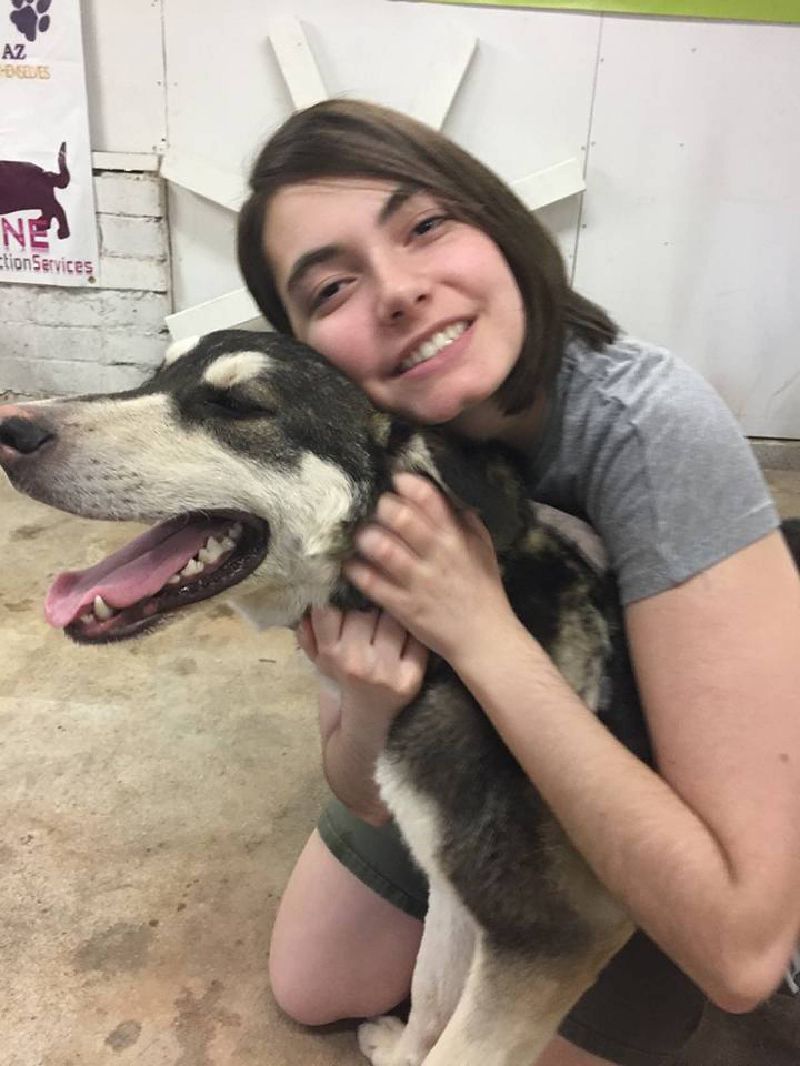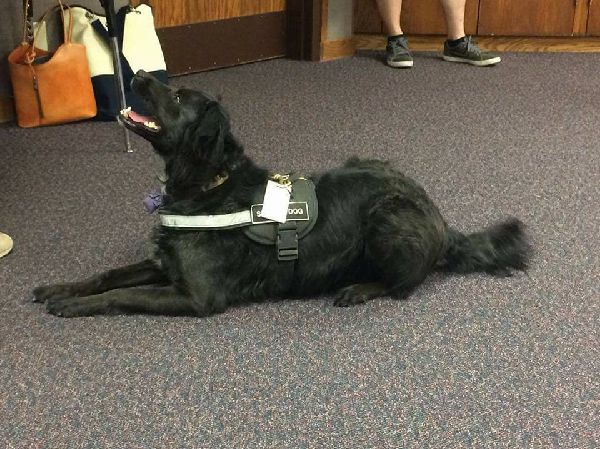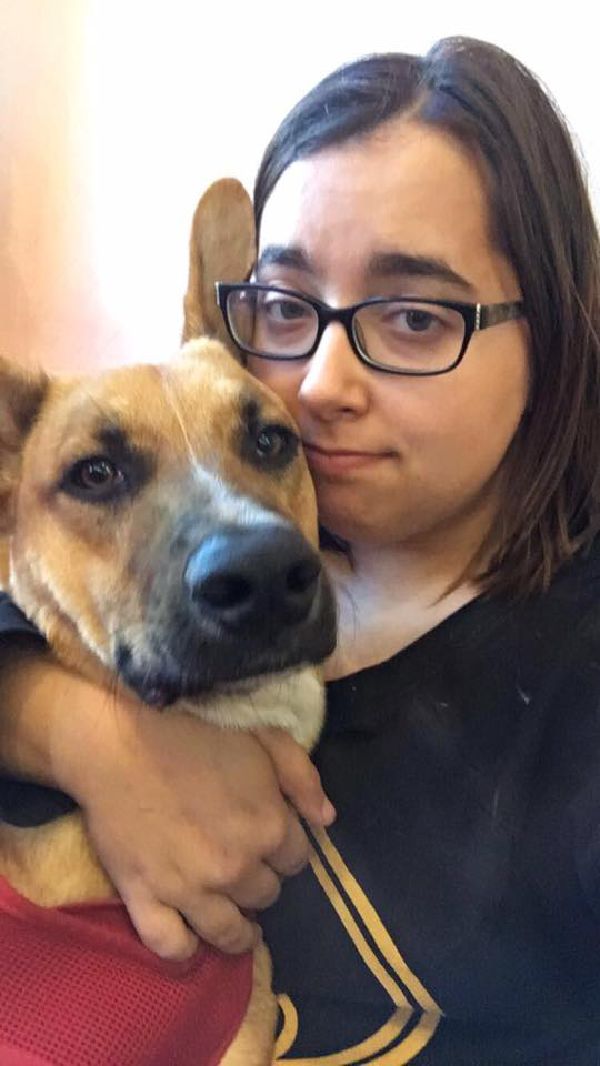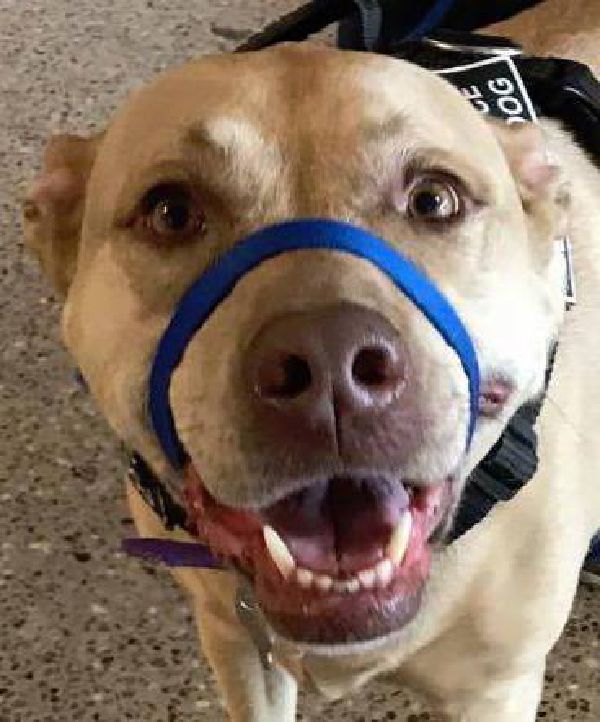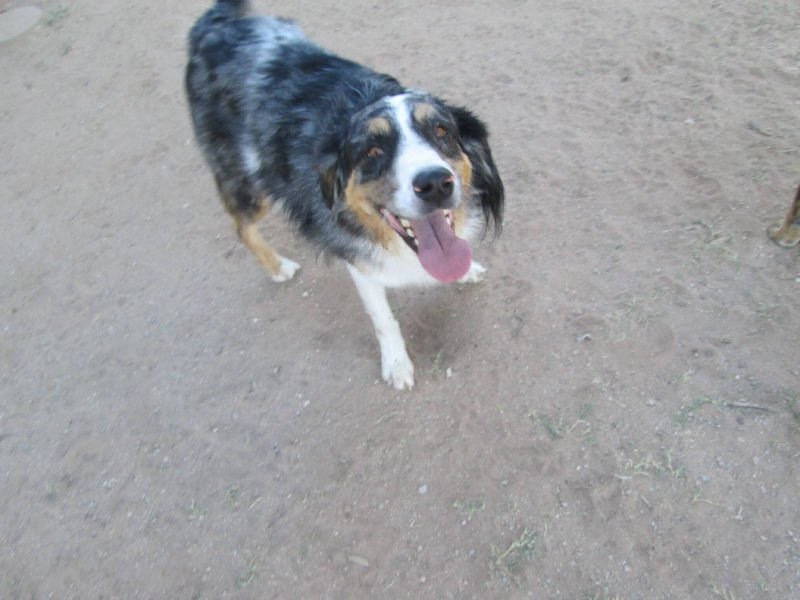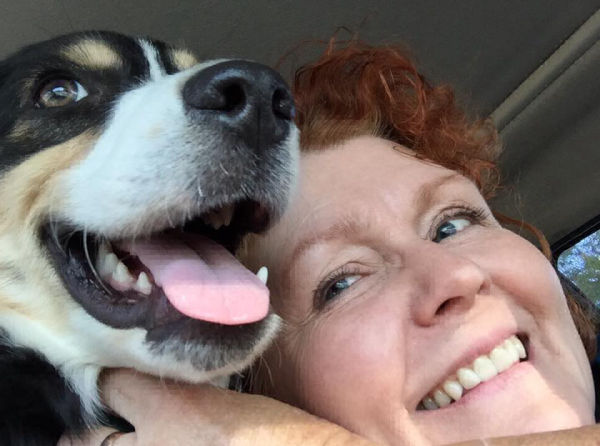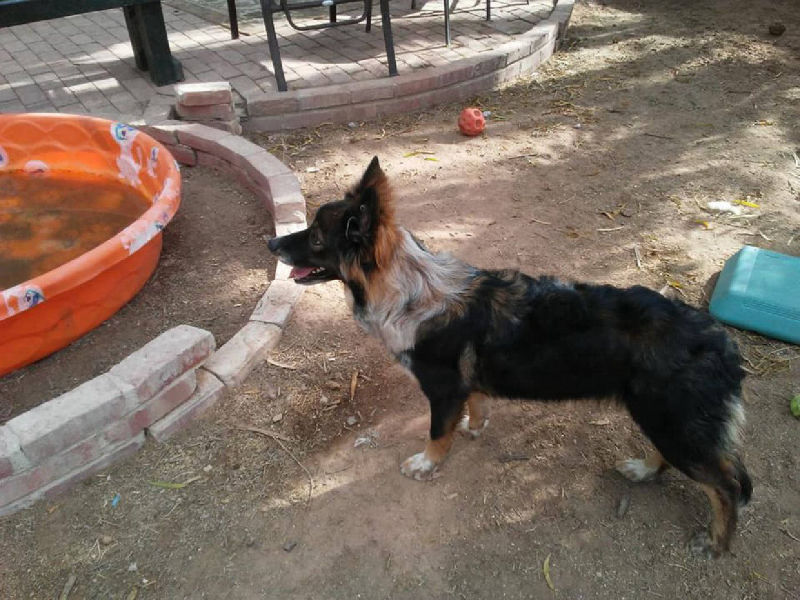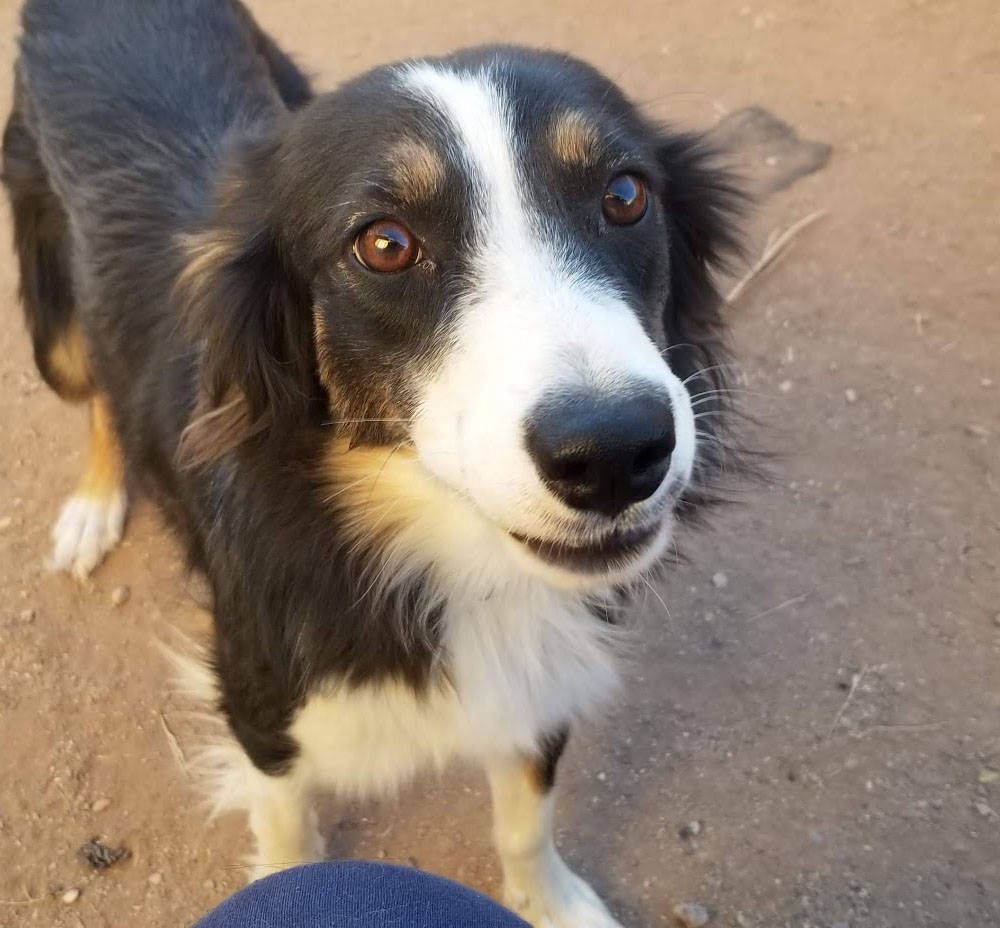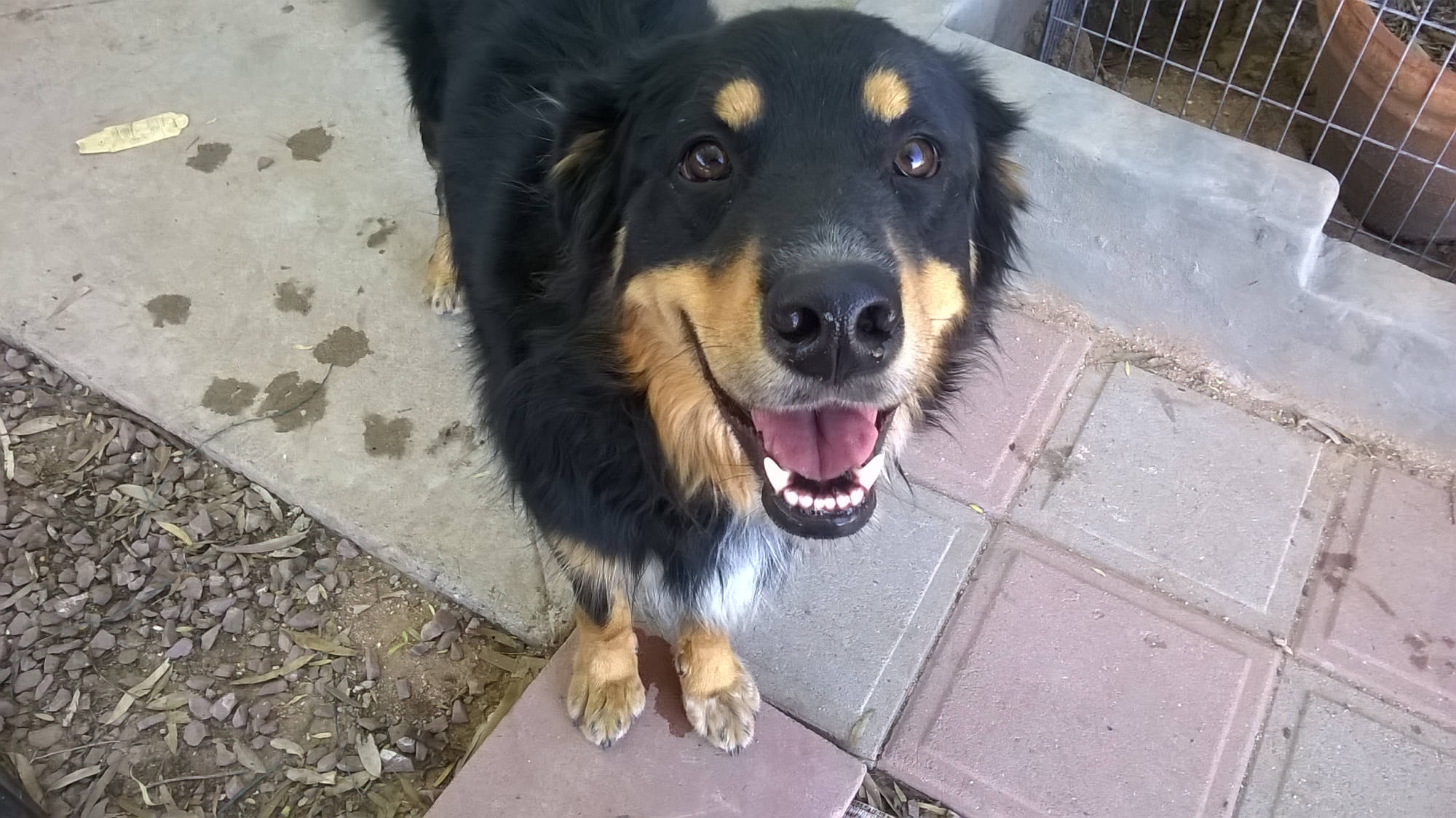
Medical Alert
Medical Detection and Alert Dogs use their incredible noses to sense bio-chemical changes in your body. Every change has an attached smell. If we can isolate that smell, we can train your dog to detect it, alert you to its presence and help you reduce the effects of whatever condition is causing it.
Dogs live by their nose. If there is something sending off particles of scent, a dog will smell it. Every biochemical change in your body changes your overall scent and especially the scent in your breath.
A dog can detect changes in heart rate, blood pressure, and perspiration, by smelling it. A dog's sense of smell is so sensitive, it can smell a teaspoon of vitamin C in a thousand gallons of water, Dogs are even being trained currently to detect whale poop from shore or from a boat. What we're doing in this training is picking the odor we want them to detect and showing them that it is immensely rewarding to do so and how to tell us that they found that scent.

